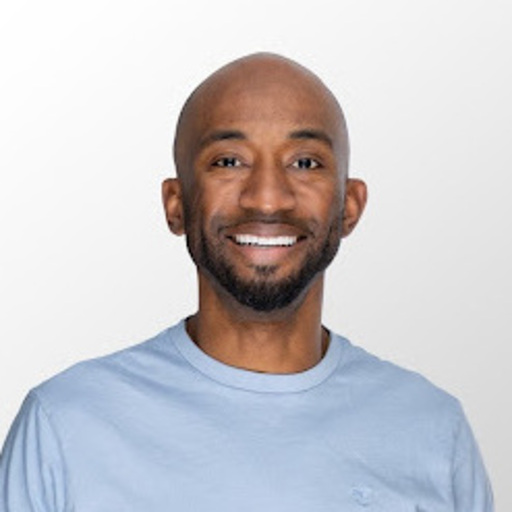Klarity Unlocks kAIzen for the World’s Leading Companies.
Only 5% of AI pilots succeed. It’s madness. While I'd like to believe implementing AI successfully depends on strong leadership, I've never seen mandates from the C-suite work.
Here’s what actually happens: A CEO announces an AI mandate. People panic—they don’t know which tools to use, which processes might benefit, or how to implement changes. It’s the same human problem I saw in those hallways at the large U.S. insurer, just accelerated. The fear. The resistance. The lack of ownership.
AI has compressed the timeline for trying things, which means we’re failing faster. But we’re failing for the same reason transformation always fails: we’re still treating it as a process problem instead of a human problem.
Employees don’t need another mandate. Avoid that mistake and instead ask yourselves these questions:
- How do you make change continuous instead of disruptive?
- How do you give people ownership instead of airlifting in solutions that feel alien?
- How do you build trust instead of fear?
- How do you make improvements feel effortless instead of exhausting?
That’s what Klarity is designed to solve. I’m not just saying this because I work here. I got religion as a client at Stripe.
How Klarity Solves the Human Problem
Before I explain what Klarity does, let me explain what problem it’s actually solving.
Traditional transformation requires people to:
- Stop their work to be interviewed and observed
- Trust that the changes won't eliminate their jobs
- Implement recommendations they didn’t help create
- Maintain those changes without ongoing support
Every single one of those is a human problem that creates resistance.
Klarity’s three-part system—Analyst, Advisor, and Coach—is designed to solve these human problems, not just automate process problems. Here’s how:

Analyst: Map out value streams and capture tribal knowledge
Klarity’s AI gives you an unlimited analyst that can map your company’s value streams in minutes and document processes in weeks. Check out how we helped DoorDash capture their current state.
Most companies I’ve worked with start fixing things before they’ve done the analysis to know what’s broken.
Say your company is having trouble landing great talent. People start chattering: “Our interview process is broken.” Someone starts rewriting interview questions. Somebody else starts rethinking the JD. Ten people are doing 10 different things they think might improve the outcome.
It’s like a mechanic trying to fix your car before they actually know what's wrong with it. The interview process is just one piece in the broader puzzle of talent acquisition. Maybe your comp is too low. Or your company’s About page is poorly written. Who knows!
The only way you’re going to find out is by mapping out exactly how your company works today and deciding which processes need looking at. And no one wants you looking over their shoulder, documenting it all. I remember a transformation project I worked on years ago where we were tasked with documenting 500 processes. It took us 10 months—almost a year of manual labor!
At the time, I remember thinking: I wish I had 500 analysts in my back pocket. Klarity gives you that. Its AI never sleeps, so you get always-on analysis.
The analysis starts with:
- AI Intake: You feed Klarity all of your current SOPs and documentation
- AI Interviews: Klarity's AIconfidentially interviews people, observing how they work and automatically generating a detailed process map in minutes.
Here’s why this solves the human problem traditional transformation couldn’t:
Speed reduces fear. When documentation takes three weeks instead of 10 months, people spend less time feeling scrutinized. The disruption is shorter. The anxiety is contained.
AI interviews feel less invasive. Remember what I said about feeling like a punching bag as a transformation coach? Klarity’s AI Analyst feels no pain and will take all the punches. It will try to help people improve no matter how much they abuse it :)
No surprise that people like that a lot better than a consultant looking over their shoulder and timing their process.
They have a private conversation with an AI that captures how they work without judgment. It’s all visualized as you go and almost feels like a game.
There’s no comparison to other workers, no fear that being slow means you’re going to lose your job. This AI is about helping humans improve.
Having an always-on tiger team of AI analysts allows the time and space to build trust over time. Instead of one massive transformation project that requires people to just trust me, then I abandon ship after the project is done. People see continuous help that never goes away. They build confidence. They start to own the process of making small improvements that compound.




